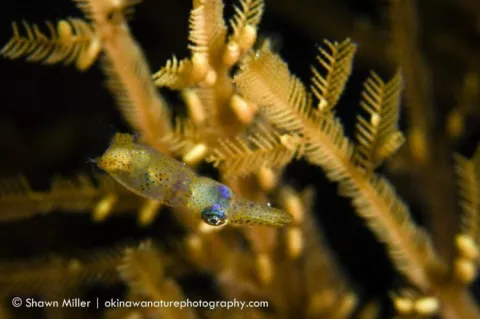Scientists Unveil the Roughback Bristle Shark
William T. White and his team of researchers described the distinct characteristics of the Roughback Bristle Shark through meticulous examination of its size, coloring, body structure, texture, dental arrangement, egg cases, and genetic makeup, and published their their study in the journal "Fishes." Residing at astonishing depths between 2,200 feet and 3,900 feet, the newfound shark species has, thus far, exclusively inhabited the waters off the western coast of New Zealand's North Island.













